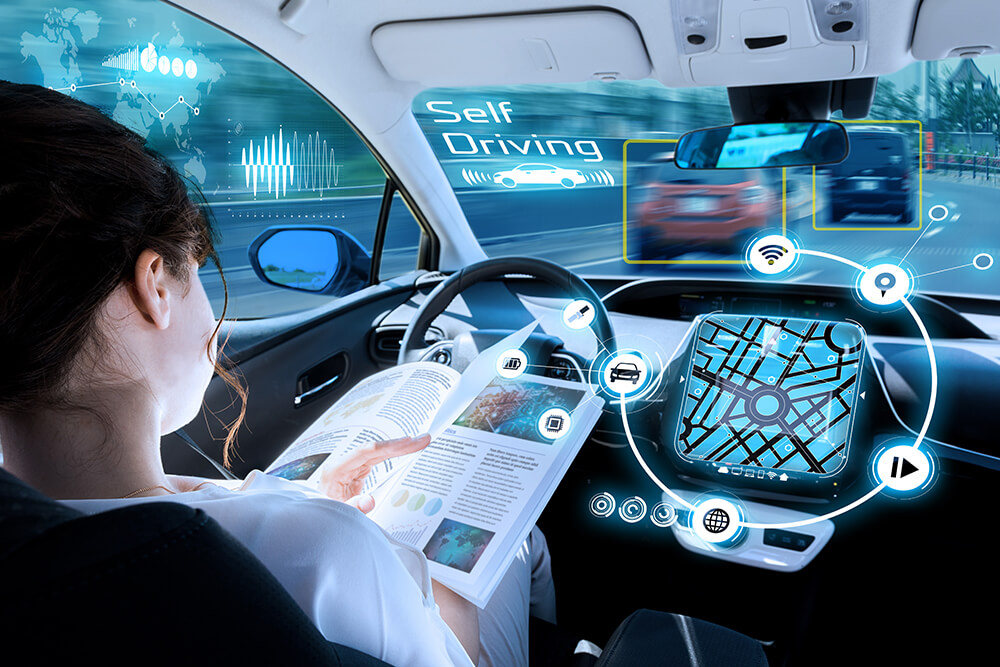Self-Driving Cars: How Close Are We to Full Autonomy?
Self-driving cars have made significant progress, but full autonomy—where vehicles can drive anywhere without human intervention—is still a work in progress. Here’s where we stand:
The 5 Levels of Autonomous Driving
- Level 0: No automation (human drivers only).
- Level 1: Basic driver assistance (adaptive cruise control).
- Level 2: Partial automation (Tesla Autopilot, GM Super Cruise)—requires human supervision.
- Level 3: Conditional automation (Mercedes-Benz Drive Pilot)—can drive itself in limited conditions but requires a human to take over when needed.
- Level 4: High automation (Waymo, Cruise)—operates without human intervention in specific areas.
- Level 5: Full automation—can drive anywhere without a steering wheel or pedals.
Where We Are Now
- Level 2 and 3 are becoming mainstream: Tesla, GM, and Mercedes-Benz offer advanced driver-assist systems that handle highway driving but still require human oversight.
- Level 4 testing is underway: Companies like Waymo, Cruise, and Baidu operate fully autonomous taxis in select cities. However, these still have geographic and weather limitations.
- Level 5 is still distant: No vehicle today can drive everywhere without human input. The technology must improve in handling unpredictable situations, poor weather, and complex urban environments.
Key Challenges to Full Autonomy
- Regulatory & Legal Barriers: Governments are cautious about approving fully autonomous vehicles due to safety concerns.
- AI & Sensor Limitations: Self-driving cars struggle with edge cases (e.g., unpredictable pedestrians, construction zones).
- Infrastructure Readiness: Roads, traffic signals, and mapping systems need updates to support autonomous navigation.
- Public Trust & Safety: Accidents involving self-driving vehicles (such as those from Tesla and Cruise) raise concerns about reliability.
The Road Ahead
- More autonomous taxis: Waymo, Cruise, and others are expanding self-driving ride-hailing services.
- Improved AI & sensor fusion: Advances in LiDAR, radar, and AI decision-making will make self-driving cars more reliable.
- Gradual rollouts: Instead of a sudden leap to full autonomy, we’ll see step-by-step advancements in specific areas like highways and city centers.
Realistic Timeline
- 2025-2030: Widespread Level 4 autonomy in specific urban areas.
- 2030-2040: Possible Level 5 autonomy, but likely only in controlled environments.
Full autonomy is still years away, but the technology is improving rapidly. Would you like insights on a specific aspect, such as safety, regulations, or a company’s progress?
